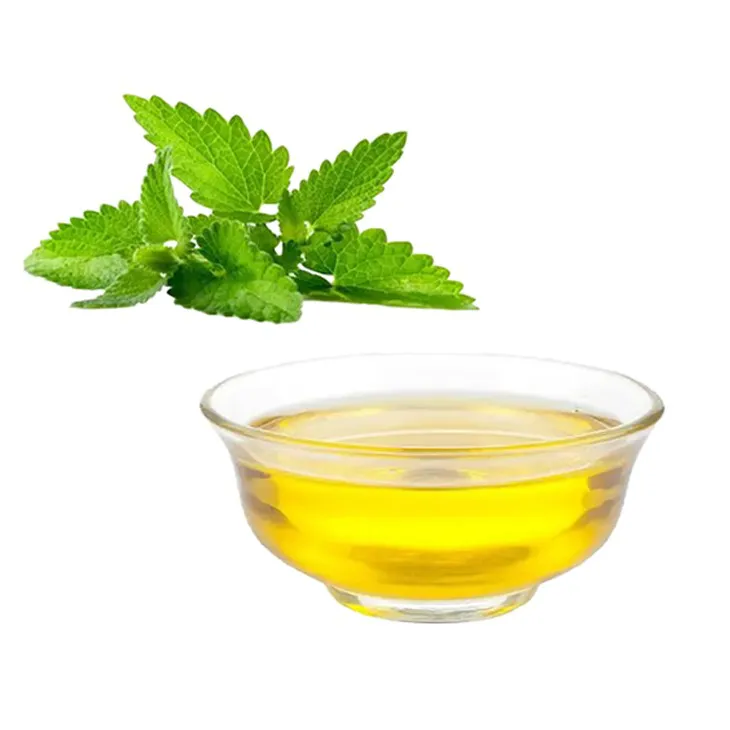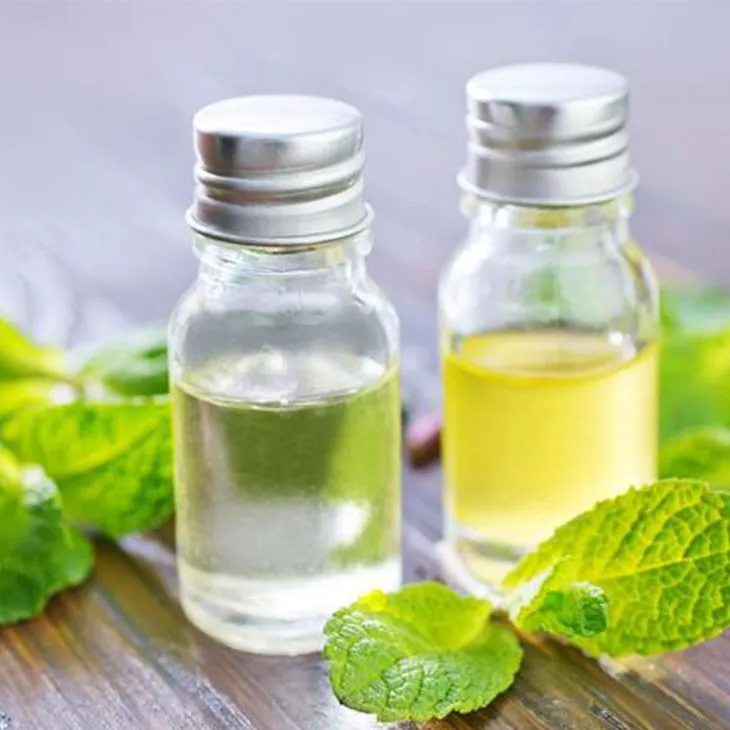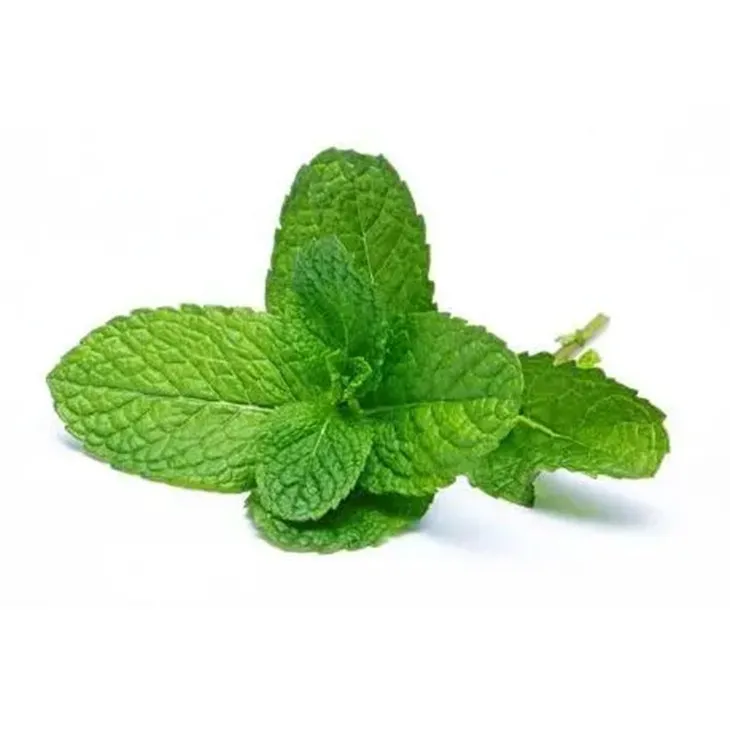- 0086-571-85302990
- sales@greenskybio.com
The extraction process of peppermint oil.
2024-11-30

Introduction
Peppermint Oil is a highly valued essential oil known for its refreshing aroma and numerous beneficial properties. It is widely used in various industries, including the food, pharmaceutical, and cosmetic industries. The extraction process of Peppermint Oil is of great importance as it determines the quality and purity of the final product. There are mainly two common methods for extracting Peppermint Oil: steam distillation and cold - press extraction.

Steam Distillation
The Principle
Steam distillation is based on the fact that essential oils are volatile and can be vaporized with steam. In the case of peppermint, the plant material contains essential oil glands. When heat is applied in the form of steam, these glands release the volatile peppermint oil. The steam and the released oil form a vapor mixture that rises above the plant material.
The Equipment Needed
The steam distillation process requires specific equipment. This includes a distillation flask, a condenser, a receiver, and a heat source. The distillation flask is where the peppermint plant material and water (for creating steam) are placed. The condenser is used to cool down the vapor mixture, causing it to condense back into a liquid state. The receiver is used to collect the condensed liquid, which is a mixture of water and peppermint oil.
The Process Steps
-
Preparation of the Plant Material: The peppermint plant material, which can be the leaves, stems, or a combination of both, is first harvested at the appropriate time. It is important to ensure that the plant is in good condition. The harvested material is then chopped or crushed slightly to increase the surface area. This allows for better contact with the steam during the distillation process.
-
Loading the Distillation Flask: The prepared peppermint plant material is placed in the distillation flask. Water is also added to the flask. The ratio of plant material to water can vary depending on the specific requirements, but a common ratio is around 1:5 (plant material: water). The flask is then sealed properly to prevent any leakage of steam during the distillation process.
-
Heating and Vaporization: The distillation flask is heated using a heat source, such as a gas burner or an electric heater. As the water in the flask is heated, it turns into steam. The steam passes through the peppermint plant material, causing the essential oil glands to release the peppermint oil. The steam and the released oil form a vapor mixture that rises up through a connecting tube towards the condenser.
-
Condensation: The vapor mixture enters the condenser, which is usually a coiled tube surrounded by cold water. As the vapor passes through the condenser, it is cooled down. The cooling causes the vapor to condense back into a liquid state. The condensed liquid, which is a mixture of water and peppermint oil, then flows down into the receiver.
-
Separation of the Oil: In the receiver, the water - oil mixture is collected. Since peppermint oil is less dense than water, it will float on top of the water. The two can be separated using a separating funnel. The peppermint oil is carefully drained from the top of the funnel, leaving the water behind. This separated peppermint oil may still contain some impurities, and further purification steps may be required depending on the desired quality of the final product.

Cold - Press Extraction
The Principle
Cold - press extraction is a more mechanical method compared to steam distillation. It is based on the physical force applied to the peppermint plant material to squeeze out the oil. This method is particularly suitable for fresh peppermint leaves as it helps to preserve the natural properties of the oil as much as possible.
The Equipment Needed
For cold - press extraction, the main equipment required is a mechanical press. This can be a hydraulic press or a screw press. Additionally, a container for collecting the extracted oil and a means of cleaning and preparing the plant material are also needed.
The Process Steps
-
Preparation of the Plant Material: Fresh peppermint leaves are carefully harvested. They are then washed thoroughly to remove any dirt or debris. After washing, the leaves are dried gently to remove excess moisture. However, it is important to note that the leaves should not be completely dried as they need to retain some moisture for the extraction process.
-
Crushing the Leaves: The prepared peppermint leaves are placed in the mechanical press. The press is then activated to crush the leaves. This crushing action applies mechanical force to the leaves, squeezing out the oil. The oil is released from the cells of the leaves and accumulates in the press.
-
Collection of the Oil: The extracted peppermint oil is collected from the press. It is usually collected in a clean, sterile container. Since cold - press extraction does not involve the use of heat or water, the resulting oil is in a relatively pure form. However, it may still contain some small particles or impurities from the plant material, and filtration may be required to further purify the oil.

Quality Control in Peppermint Oil Extraction
Testing for Purity
One of the important aspects of quality control in peppermint oil extraction is testing for purity. This can be done through various methods such as gas chromatography - mass spectrometry (GC - MS). GC - MS can identify and quantify the different components in the peppermint oil. It can detect any impurities or contaminants that may be present. By ensuring the purity of the peppermint oil, its quality and safety for various applications can be guaranteed.
Ensuring the Aroma and Flavor
The characteristic refreshing aroma and flavor of peppermint oil are highly valued. During the extraction process, it is important to ensure that these properties are maintained. Any factors that may affect the aroma and flavor, such as over - heating during steam distillation or improper handling during cold - press extraction, should be avoided. Regular sensory evaluation can be carried out to check the aroma and flavor of the extracted peppermint oil.

Conclusion
The extraction process of peppermint oil, whether through steam distillation or cold - press extraction, is a crucial step in obtaining this valuable essential oil. Each method has its own advantages and is suitable for different production scales and requirements. By following the proper extraction procedures and implementing quality control measures, high - quality peppermint oil with its characteristic properties can be obtained. This peppermint oil can then be used in a wide range of industries, providing the refreshing and beneficial effects that it is known for.
FAQ:
1. What are the main differences between steam distillation and cold - press extraction?
Steam distillation involves heating mint plant material with steam to release the oil, and then condensing the steam - oil mixture and separating the oil. Cold - press extraction is a more mechanical method that crushes fresh mint leaves to squeeze out the oil. Steam distillation is more suitable for large - scale production, while cold - press extraction is better for small - scale production when the natural properties of the mint oil need to be preserved.
2. Why is steam distillation a commonly used method for peppermint oil extraction?
Steam distillation is commonly used because it is an effective way to extract the volatile peppermint oil. By heating the mint with steam, the essential oil glands are stimulated to release the oil. It also allows for relatively easy separation of the oil from the water - oil mixture, which is important for obtaining pure peppermint oil on a larger scale.
3. How does cold - press extraction preserve the natural properties of peppermint oil?
Cold - press extraction is a mechanical process that doesn't involve heating. Heating can sometimes alter the chemical composition of the oil. Since cold - press extraction simply crushes the leaves to extract the oil, it minimizes any chemical changes, thus preserving the natural properties of the peppermint oil, such as its characteristic aroma and beneficial properties.
4. Can the quality of peppermint oil be affected by the extraction method?
Yes, the extraction method can affect the quality of peppermint oil. For example, if the steam distillation process is not carried out properly, it may lead to the degradation of some volatile components in the oil. In cold - press extraction, if the crushing process is too harsh, it may introduce impurities. Therefore, each step in both methods needs to be carefully controlled to ensure high - quality peppermint oil.
5. Which extraction method is more cost - effective for peppermint oil?
Steam distillation is generally more cost - effective for large - scale production as it can handle a large amount of mint plant material at once. However, for small - scale production where high - quality and preservation of natural properties are more important, cold - press extraction may be a better choice, although it may be more labor - intensive and thus relatively more expensive per unit of oil produced.
Related literature
- Advances in Peppermint Oil Extraction Techniques"
- "The Science behind Peppermint Oil Extraction"
- "Peppermint Oil: From Plant to Bottle - A Review of Extraction Methods"
- ▶ Hesperidin
- ▶ Citrus Bioflavonoids
- ▶ Plant Extract
- ▶ lycopene
- ▶ Diosmin
- ▶ Grape seed extract
- ▶ Sea buckthorn Juice Powder
- ▶ Fruit Juice Powder
- ▶ Hops Extract
- ▶ Artichoke Extract
- ▶ Mushroom extract
- ▶ Astaxanthin
- ▶ Green Tea Extract
- ▶ Curcumin
- ▶ Horse Chestnut Extract
- ▶ Other Product
- ▶ Boswellia Serrata Extract
- ▶ Resveratrol
- ▶ Marigold Extract
- ▶ Grape Leaf Extract
- ▶ New Product
- ▶ Aminolevulinic acid
- ▶ Cranberry Extract
- ▶ Red Yeast Rice
- ▶ Red Wine Extract
-
Sophora Japonica Flower Extract
2024-11-30
-
Soy Extract
2024-11-30
-
Lycopene
2024-11-30
-
Withania Somnifera Extract
2024-11-30
-
Grape Seed Extract
2024-11-30
-
White Peony Extract
2024-11-30
-
Honeysuckle Pollen
2024-11-30
-
Tongkat Ali Extract
2024-11-30
-
Apricot Powder
2024-11-30
-
Artichoke Leaf Extract
2024-11-30





















